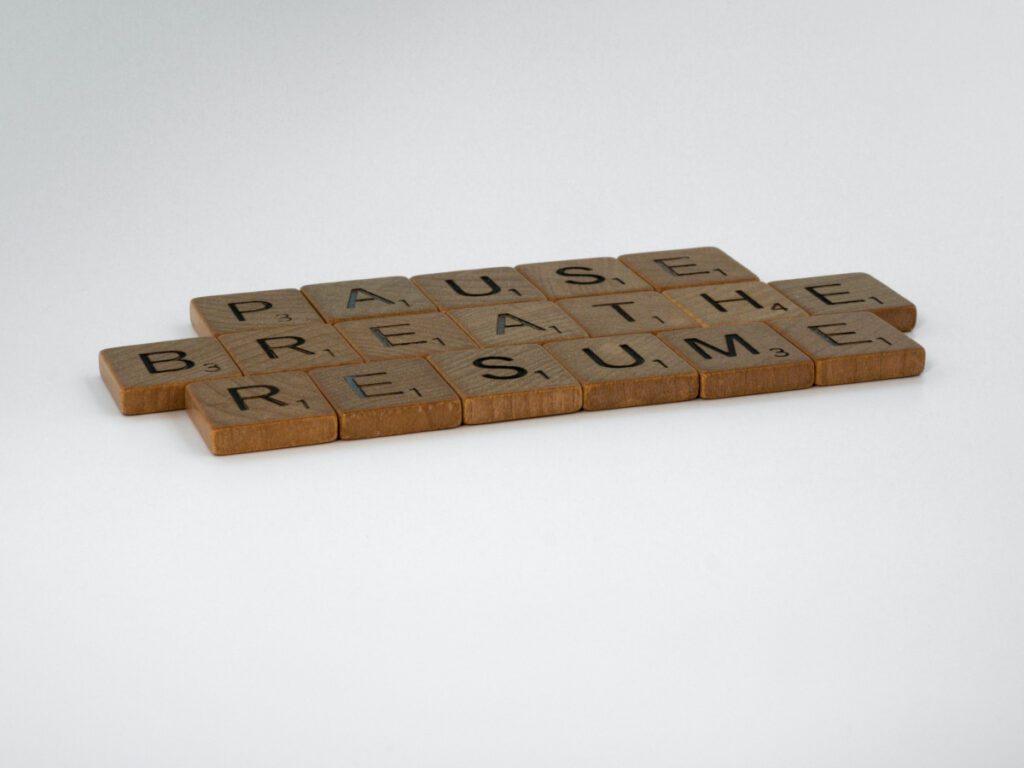If you’re confused about the difference, you’re not alone. Many people mix up assertiveness and aggression. But it’s vital to understand the distinction so that you can develop a healthy communication style. Here are some tips on how to be more assertive without crossing the line into aggression.

Differentiating Assertiveness from Aggression
It’s important to be assertive, but not aggressive. Being assertive means being confident and self-assured, without putting down or attacking others. Aggression is different – it’s about trying to hurt or control others through force.

We often use the word “assertive” and “aggressive” interchangeably, however, the two behaviours are entirely distinct in their outcomes. Assertiveness is about expressing opinions or making requests healthily and confidently. It shows an understanding of boundaries and respect for yourself and others. Conversely, aggression involves controlling behaviour that seeks to manipulate or overpower by any means necessary. It entails disregarding another’s rights and can lead to hostility or even violence.
The consequences of assertiveness versus aggression can be far-reaching and dangerous. So it is important to learn how to distinguish between the two behaviours in ourselves and others. With some tips on developing assertiveness and avoiding aggression, we can better understand how best to manage or prevent situations that could lead us down either path.
Confusing assertiveness and aggression

Assertiveness and aggression are easily confused, but they are crucial distinctions to make. Assertiveness is understood as communicating directly with respect for yourself and others. Aggression on the otherhand is about forceful behaviour that disregards another’s feelings.
Unfortunately, it can often be hard to identify the difference, since there may not always be a clear-cut line between the two behaviours. Some may mistakenly interpret assertive behaviour as aggression because the person asserting refuses to compromise or believes their opinion is in the best interest of all parties involved.
Similarly, passive behaviour may appear aggressive if the other person perceives it to be an unfair compromise or an attempt to overpower their view. This in turn can cause them to become defensive. To avoid this confusion when communicating with others, it’s important to remember that assertiveness does not suppress your own emotions nor disregard another’s views and feelings.
A great way to develop assertiveness is by being mindful of how you want to respond. This is a better position than letting emotions take over. By doing so you can form healthier relationships and emply beneficial communication tactics without resorting to aggressive behaviour.
The interpretation factor
In today’s society, it can be all too easy to interpret somebody’s assertive behaviour as aggression. This is often due to the prevalence of certain biases and social values, as well as some cultural norms. This can lead us to view someone in a negative light without considering the full story.

Additionally, individual defensiveness can sometimes cause us to take what has been said or done personally, rather than seeing the situation objectively. It’s important to remember that there are always two sides to every story. There is such value in taking a moment to move back into an impartial position when observing or interpreting events.
Ultimately, taking an open-minded approach and choosing understanding over judgement is key for any healthy dialogue.
It’s common for people who feel unheard or neglected to express their frustration through aggressive behaviour, and then try to pass it off as assertiveness. Unfortunately, this misguided action can have a profound effect on the relationship between individuals or groups of people, leaving them feeling resentful and misunderstood.
We must take the time to listen to one another and actively acknowledge each other’s positions if we are to create healthy relationships. By doing so, we can work towards finding solutions that mutually benefit both parties in any given situation.

Becoming familiar and being able to distinguish the two communication styles can help you to pause to check on the tone of your own behaviour. It also gives you some room to check on the accuracy of your interpretation of someone else’s behaviour.
When you sure that you are making clear what your boundaries are and the other person interprets that as aggression, you can stand firm aware that their defensiveness may fuel such an interpretation. It is best to gently end such an interaction as you will not achieve a helpful outcome.
Similarly, when you feel down and fragile, you could as easily view another person’s behaviour as aggressive when they are being assertive. This is a dynamic process and key to communicating effectively and maintaining a healthy sense of self.
Exercising assertiveness without crossing into aggression
Becoming assertive without tipping into aggressive territory can be a tricky proposition. But it is worth the effort. When masterfully managed, you can show respect and regard for your needs and the needs of others.

It’s useful to regularly remind yourself of the differences between aggressive behaviour – typically purposeful and with clear, negative intentions – and assertive behaviour – focused on finding respectful solutions which are beneficial to as many involved parties as possible. Even practice and reflect on how you express these differences so that you are more aware of your behaviour. This review also aids you in recognising the zone that others are in. See is you can identify the differences when watching a movie, listening to the radio and when observing day-to-day interactions.
To put it another way: ineffective aggression relies on force; effective assertiveness involves dialogue. Pay attention to the words you use, tone of voice, and body language, so you can make yourself heard effectively.
STRATEGY for greater communication success
- Maintain an open mind to others’ ideas and position.
- Give people fair opportunity to explain themselves and their perspective.
- Seek out collaborative conversations instead of competitive ones.
- Consciously aim for successful outcomes for all involved – a win-win result.
- Pay attention to your tone of voice and body language.
- Use phrases that avoid coming across as overtly confrontational
- Employ active listening skills.
Implementing these strategies can help you to grow and develop your assertiveness muscles.
benefits of being assertive
Setting boundaries is an integral part of our relationships with family, friends, and work colleagues. Assertiveness is a skill we can develop which allows us to be direct and honest in our communication, without the presence of aggression or hostility.
Learning how to present ourselves respectfully often avoids misunderstanding and hurt feelings whilst allowing us to express what we want. It is easy to get confused between assertiveness versus aggression as both involve strong expression; however, assertiveness makes for a much better outcome in both personal and professional settings.

With practice, you can learn how to handle conflict or criticism using confident and appropriate language that will prevent explosive reactions or potential alienation of any party. Although it may not come naturally at first, developing assertiveness is essential if you want healthy relationships with yourself and those around you – so start practising today!

Developing assertiveness skills can have a big impact on our self-confidence and esteem. Practising active listening, speaking up for ourselves and setting limits with others helps to promote self-respect and autonomy in any situation.
With these skills, not only do we become better communicators, but we also become more confident in our abilities to handle difficult conversations or challenging situations. Learning how to be assertive is an important skill that can take some time to master, but the rewards are well worth it.
WHEN To be assertive or aggressive
So many of us struggle to find the balance between being assertive and aggressive. Learning how to use each type of behaviour appropriately is essential for achieving success in many aspects of life.
In general, assertiveness is a healthy trait that involves making your point without resorting to belittling or judgmental comments. Aggression, on the other hand, often manifests as verbal or physical intimidation and can hurt one’s relationships with others.

In a threatening situation, the appropriate use of aggressive behaviour to defend yourself and/or your loved ones can be justified. Other realistic examples where aggression may be suitable include: when enforcing physical boundaries to protect yourself from harm or unwanted advances; or when responding to violence to discourage further escalation of a confrontation. No matter what the situation is, you must remember to use reasonable levels of force and never inflict unnecessary harm on another person.

By being clear about what you need, celebrating your accomplishments and not apportioning blame to anyone else, you can practice assertiveness instead of aggression. It might also be helpful to take some time out before responding when feeling overly angry or frustrated. Tips such as these will help you master the distinction between being assertive and aggressive – allowing you to interact with others more healthily!
Being assertive vs being aggressive is a hot-button issue for many people. The ability to communicate effectively, without crossing into the aggressive territory, is essential in both personal and professional settings. By taking the time to master these communication techniques, you can boost your confidence in any situation – whether you’re asking for a raise at work or trying to resolve a conflict with a loved one.